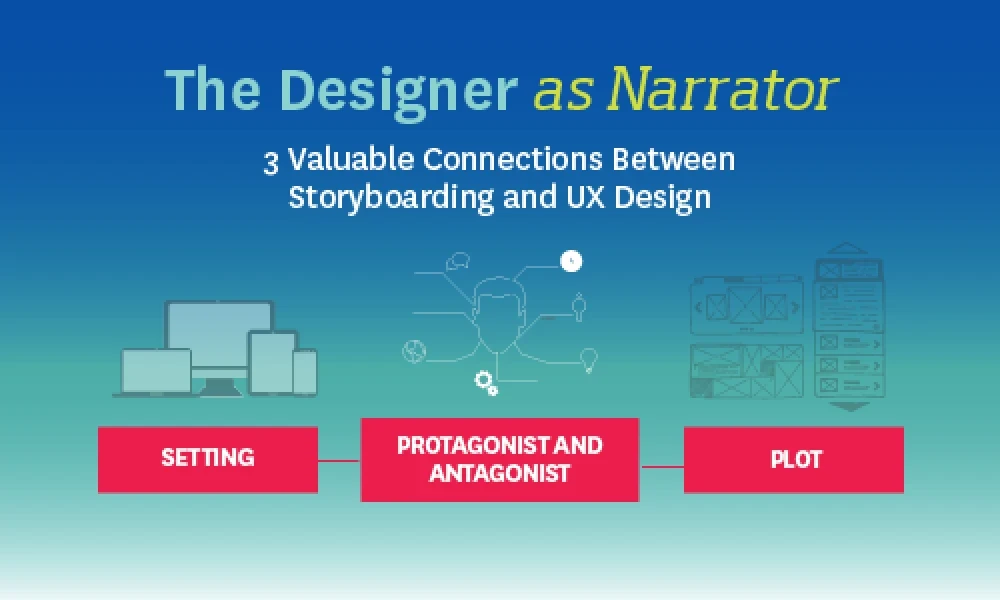3 Reasons Storyboarding Will Improve Your UX Design
The experience one has when interacting with technology is fundamentally human. Our digital lives—from navigating a tablet to paying at a bank kiosk—have become so ubiquitous, interwoven and essential to the way we interact with the world and others, that it’s almost hard to remember what life was like before these technologies existed. Simply put, we depend on technology to move our lives forward. It plays a critical role in our individual storylines as well as our collective narrative.
To navigate this growing digital landscape, intuitive interfaces are required. This is where user experience design (UXD) comes into the picture. At the center of the technologies our lives depend on, there are people—UX designers—tasked with building straightforward and insightful ways to incorporate innovation into our daily lives.
This is a noble undertaking, and a bigger responsibility than it seems at first glance. Essentially, UXD becomes a guest narrator in our lives. When we enter into a digital space, its design shapes our experiences and stories. For this reason, UX designers, in a way, are like authors, and UX storyboards provide a template for their interactive narratives.
In this blog, we’ll break down the fundamental structure that makes up a story and illustrate how it can run parallel to user experience design (UXD). That way, you can see how UX storyboarding can enhance design and improve user interaction.
1) Setting
Where does your story take place? For UX design, this question is multifaceted. Sure, the experiences created are primarily digital; however, the environment they take place in can vary greatly. When a UX designer works on a website, the website itself would be the primary setting of the story. However, the setting of the information is not the only location to be considered. That website has the ability to be viewed in different ways on different devices.
For example, the website could be viewed on a personal computer in someone’s home. Or it could be viewed on a mobile device while someone’s waiting for the bus. It’s the same website, yet the devices and physical locations have altered the setting of the story tremendously. The person at home may have more time to move around the site, while the person waiting for the bus might need quicker, easier navigation and content delivery methods.
When storyboarding content and user flow, these are all situations a UXD professional needs to consider.
2) Protagonist and Antagonist
Every story has a hero. Every story also has a villain. When it comes to UX design, the hero is easy to figure out—it’s the user. The villain, on the other hand, isn’t as straightforward. It’s most likely whatever the problem is that brought the user to the digital experience. For example, in a maps application, users arrive in search of a route that can help them overcome a villainous lack of directions.
Mapping out the motives of users and personifying problems as antagonists can help UX designers understand their heroes’ wants and provide them with a better experience.
3) Plot
Users are free to choose their own path once they’ve arrived in a digital space. However, their actions are limited and funneled by the decisions UXD professionals make. In this sense, UX designers must be somewhat omniscient—understanding how the choices a user makes will impact their journey moving forward.
Another word for this process is plot. Great UXD requires a strong understanding of where the users are coming from, why they are coming and what will move them through the digital space in a way that reaches a desirable resolution for them and the company.
Stories We Tell
There’s a story behind everything. Whether it’s intrinsic or intentional, each situation life presents can be broken into the basic elements that comprise a narrative. The three aspects of a story presented above are simple yet crucial reminders to always keep story in mind when creating UX design.
Storyboarding the same way an author would and considering the user’s journey as a narrative can help UX designers create truly great experiences for us all and positively shape our daily interactions with technology.





